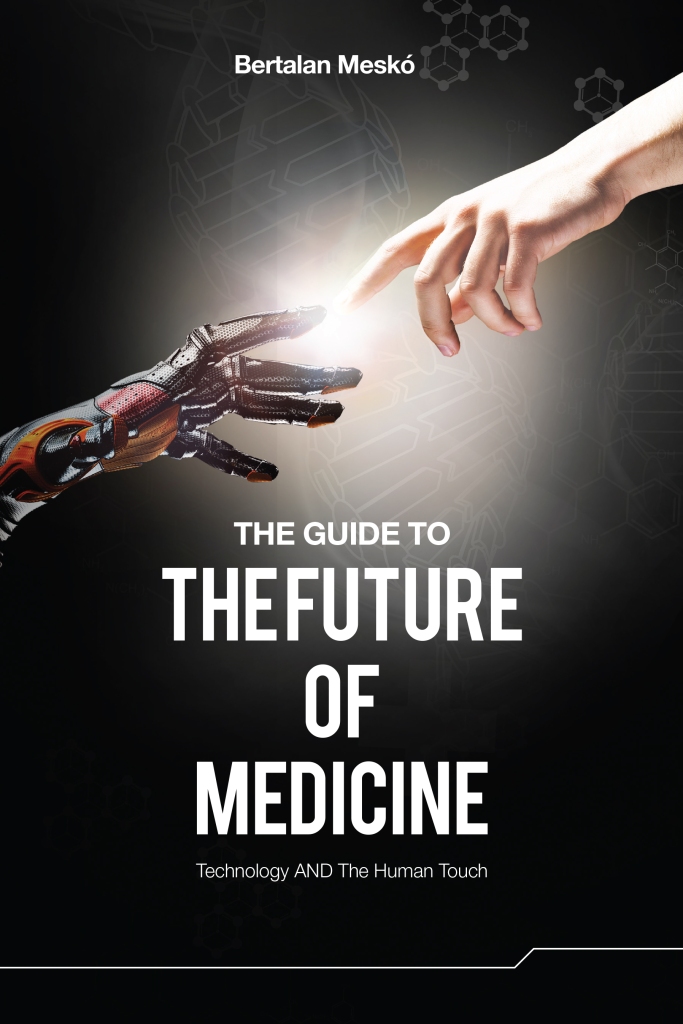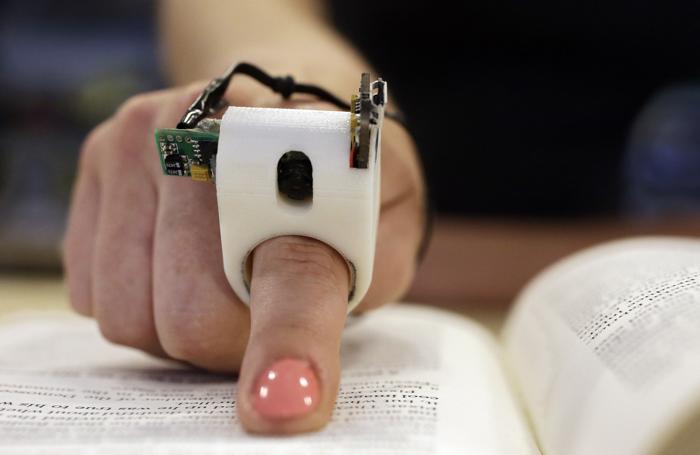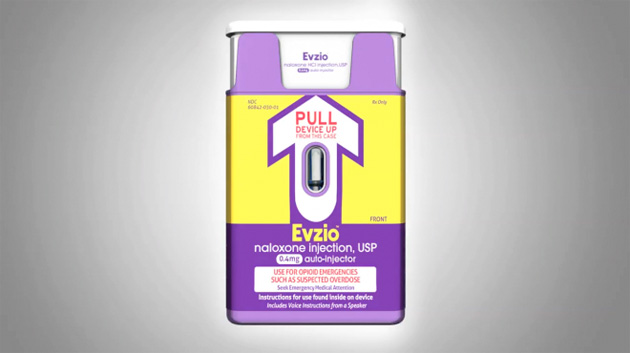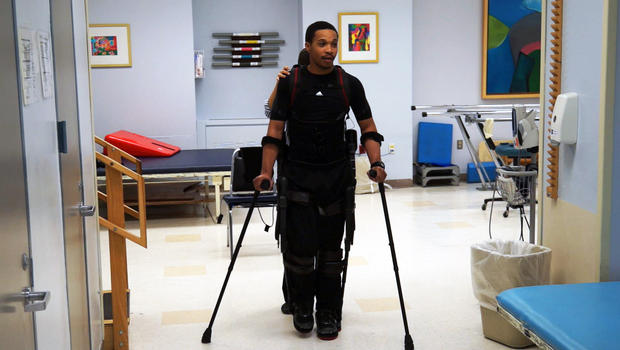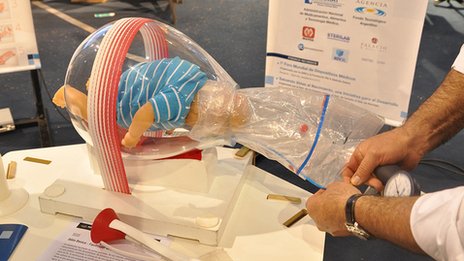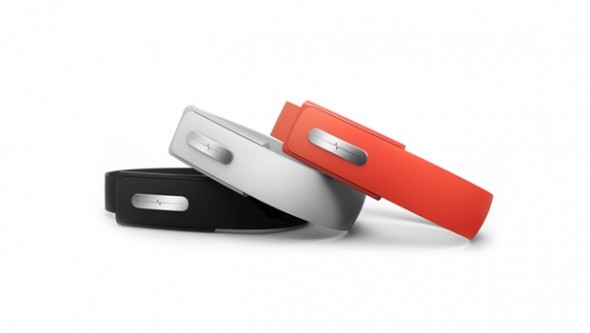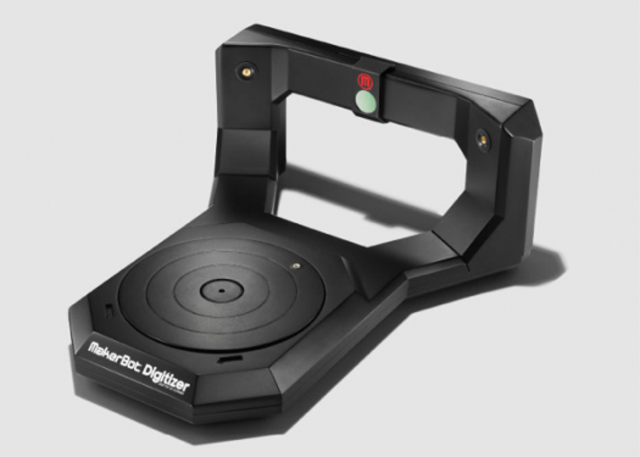The Guide to the Future of Medicine is Available: Download the E-book for Free!
I cannot tell you how happy I’m to announce the official release of my book, The Guide to the Future of Medicine which was just made available in black & white paperback, colored paperback and Kindle formats. Moreover, the Kindle format is for free (yes, totally free) until the 6th of September.
It contains over one year of hard work, 70 interviews and 22 trends that will shape the future of medicine including Augmented Reality, Surgical and Humanoid Robots, Genomics, Body Sensors, The Medical Tricorder, 3D Printing, Exoskeletons, Artificial Intelligence, Nanorobots, Virtual–Digital Brains, The Rise of Recreational Cyborgs or Cryonics and Longevity.
Through these, I challenged myself to prove that it is possible to use more and more disruptive technologies in medicine while successfully keeping the human touch.
With Lucien Engelen’s foreword, the many examples and extraordinary stories depicted in the book, you will hopefully get a clear picture where medicine and healthcare are heading at the moment, and more importantly, what we can do as patients, medical professionals or policy makers to prepare for the waves of change.
Please use the #medicalfuture hashtag on Twitter and tell me what you think!

